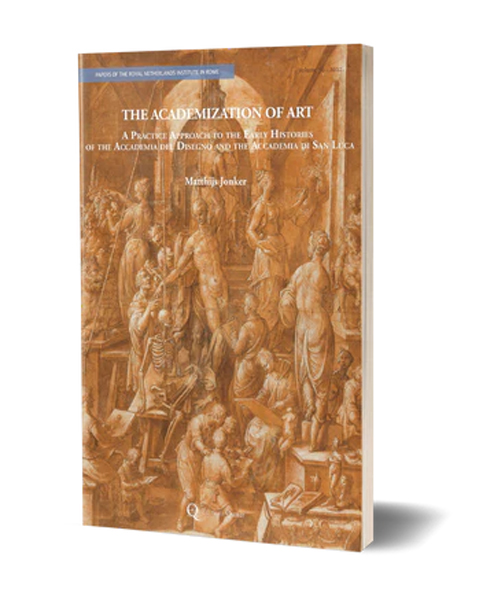
The Florentine Accademia del Disegno (founded in 1563) and the Roman Accademia di San Luca (founded c. 1593) were the first official art academies in Europe. In their early years these institutions performed a variety of functions, which included the organization of funerals and religious feasts, establishing and enforcing rules about the organization of workshops, teaching young painters, sculptors and architects the principles of their arts, and maintaining relationships with potential patrons. By seeing them as crossing points of religious, guild, educational and patronage practices this book presents a multifaceted and comprehensive understanding of these academies. As such it goes beyond previous interpretations, where they were reduced to one of their activities (e.g. patronage). The book also offers the first sustained comparison of the Accademia del Disegno and the Accademia di San Luca. The focus on “social practices” entails the application of insights of theories of practice to a cultural-historical research object. The development of theories of practice, especially those of Pierre Bourdieu and Theodore Schatzki, is the second objective of this study, in addition to improving the understanding of the Accademia del Disegno and the Accademia di San Luca in the early years of their existence.
